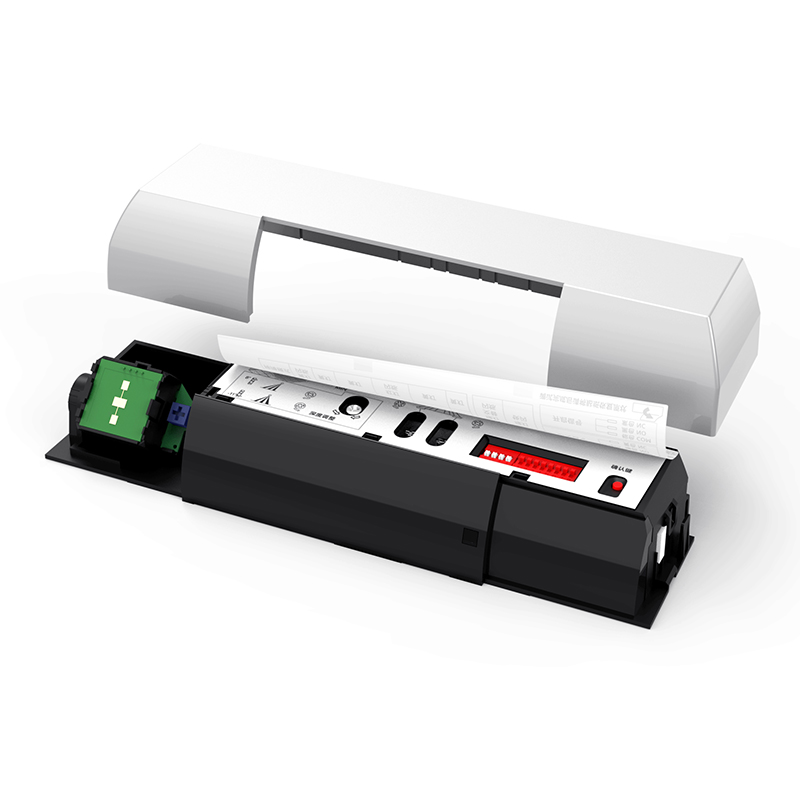In che modo gli OEM di sensori automatici per porte garantiscono l'accuratezza e l'affidabilità dei loro sensori nel rilevamento del movimento?
I sensori automatici delle porte svolgono un ruolo fondamentale negli edifici moderni, fornendo comodità, accessibilità e sicurezza rilevando il movimento e attivando meccanismi di apertura e chiusura delle porte. Dietro il funzionamento senza soluzione di continuità di questi sensori si trova un processo meticoloso utilizzato dai produttori di apparecchiature originali (OEM) per garantire precisione e affidabilità nel rilevamento del movimento. In questo articolo esploriamo le strategie e le tecnologie utilizzate da sensore porta automatico OEM per ottenere precisione e coerenza nelle prestazioni dei loro sensori.
 <1.
<1.
Gli OEM utilizzano rigorosi protocolli di test per convalidare l'accuratezza e l'affidabilità dei loro sensori nel rilevamento del movimento. Ciò include scenari simulati del mondo reale come varie velocità di camminata, angoli di avvicinamento e condizioni ambientali. Attraverso test approfonditi, gli OEM possono identificare e affrontare potenziali problemi, assicurando che i loro sensori funzionino in modo affidabile in diverse impostazioni.
2. Calibrazione e messa a punto:
La calibrazione è un passo cruciale nel processo di produzione di sensori automatici per porte. Gli OEM calibrano meticolosamente i sensori per garantire che rispondano con precisione al movimento entro parametri specificati. Le regolazioni di precisione vengono apportate alla sensibilità, alla portata e al tempo di risposta del sensore per ottimizzare le prestazioni e ridurre al minimo i falsi rilevamenti. Questo processo prevede aggiustamenti precisi basati su dati empirici e feedback provenienti da test sul campo.
3. Integrazione di tecnologie avanzate per sensori:
Gli OEM di sensori automatici sfruttano tecnologie avanzate per migliorare l'accuratezza e l'affidabilità del rilevamento del movimento. Ciò include l'uso di sensori infrarossi (IR), microonde, ultrasuoni o combinati per rilevare il movimento con alta precisione. Integrando più tecnologie di sensori, gli OEM possono mitigare i limiti dei singoli sensori e ottenere robuste capacità di rilevamento del movimento.
4. Adattabilità ambientale:
Gli OEM di sensori automatici per porte progettano i loro sensori per funzionare in modo affidabile in varie condizioni ambientali. Si tratta di affrontare fattori quali le fluttuazioni di temperatura, i livelli di umidità e le condizioni di luce ambientale che possono influenzare le prestazioni del sensore. Rivestimenti specializzati, schermatura e algoritmi di elaborazione del segnale sono implementati per garantire un funzionamento coerente indipendentemente dalle variabili ambientali.
5. Miglioramento continuo e innovazione:
Gli OEM di sensori automatici per porte sono impegnati nel miglioramento continuo e nell'innovazione nella tecnologia dei sensori. Investono nella ricerca e nello sviluppo per esplorare nuovi materiali, algoritmi e configurazioni di sensori in grado di migliorare ulteriormente la precisione e l'affidabilità del rilevamento del movimento. Rimanendo all'avanguardia nei progressi tecnologici, gli OEM possono fornire sensori all'avanguardia che soddisfano le esigenze dei clienti e gli standard del settore in continua evoluzione.
Conclusione: Gli OEM di sensori automatici per porte utilizzano un approccio poliedrico per garantire l'accuratezza e l'affidabilità dei loro sensori nel rilevamento del movimento. Attraverso test completi, calibrazione, integrazione di tecnologie avanzate di sensori, adattabilità ambientale e innovazione continua, gli OEM si sforzano di fornire sensori che funzionino perfettamente in diverse applicazioni. Mantenendo elevati standard di qualità e affidabilità, gli OEM di sensori automatici per porte svolgono un ruolo cruciale nel migliorare l'efficienza, la convenienza e la sicurezza dei sistemi automatici per porte negli edifici moderni.







